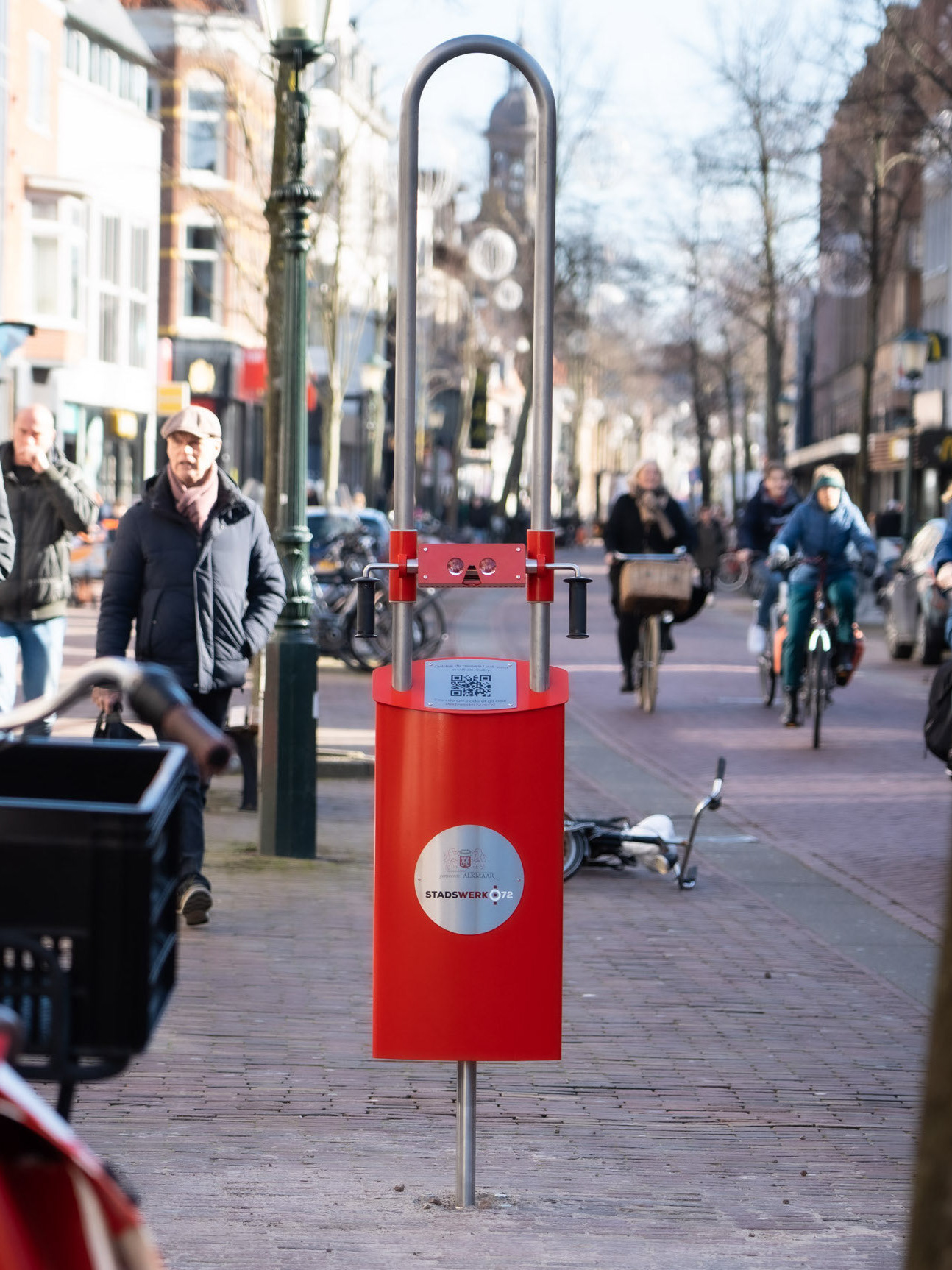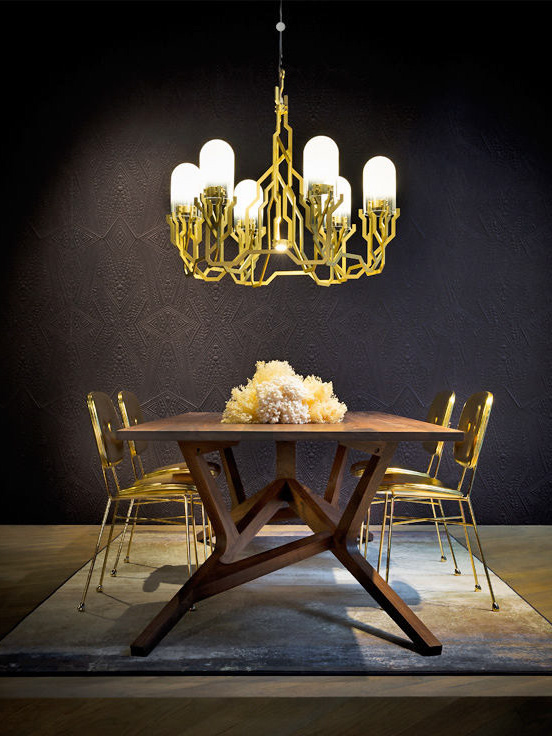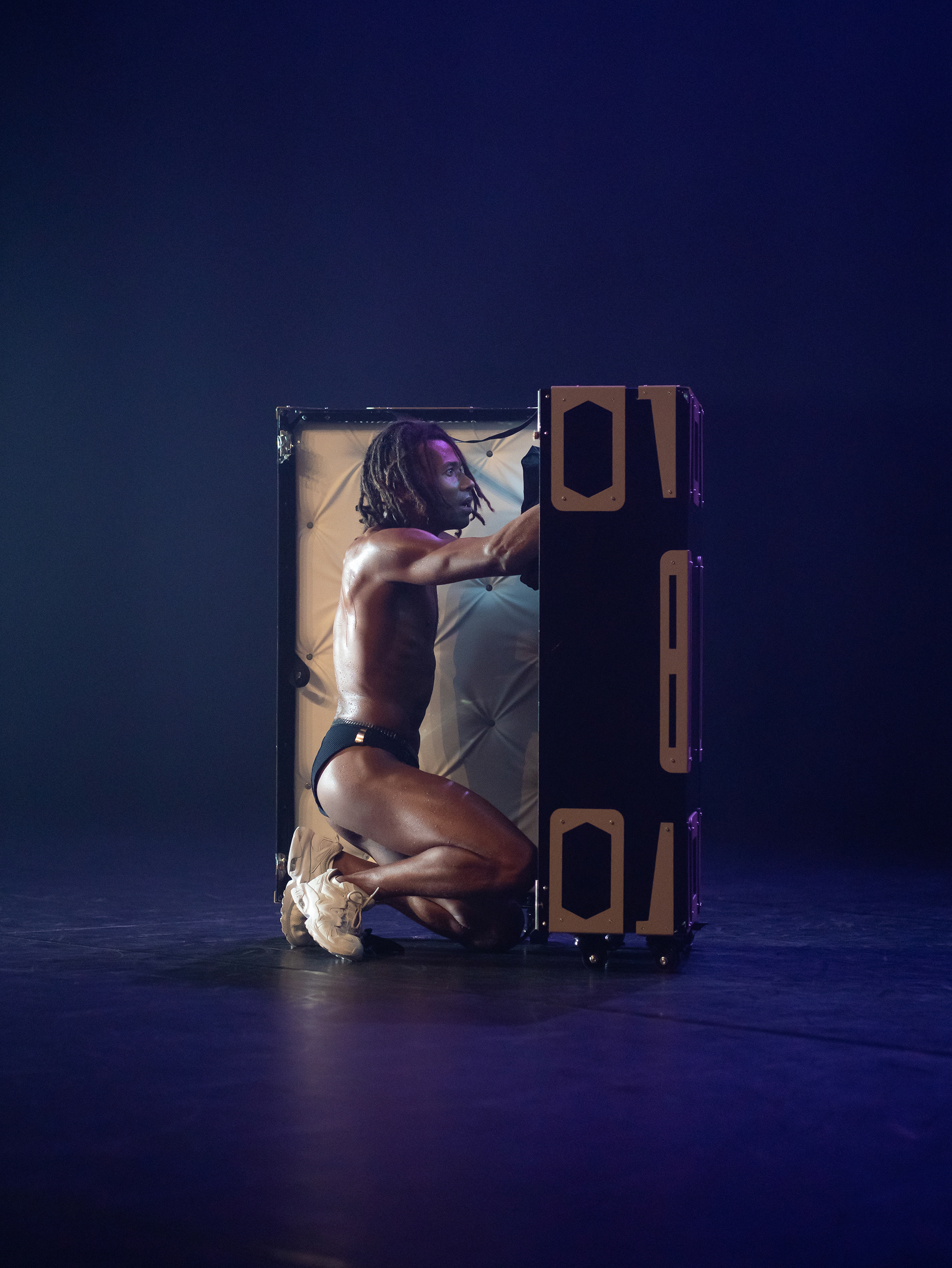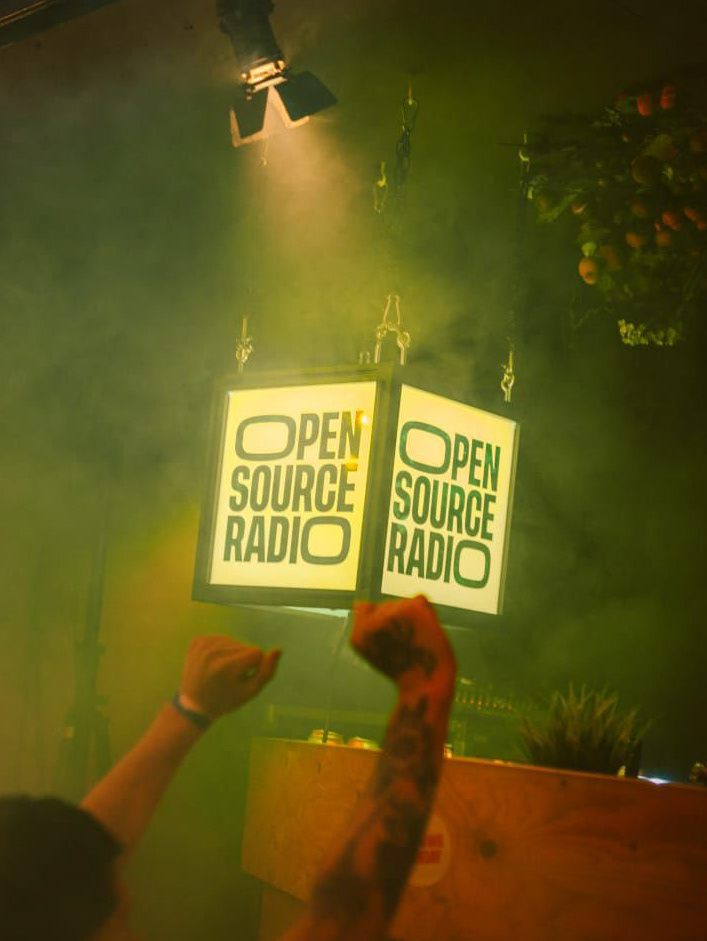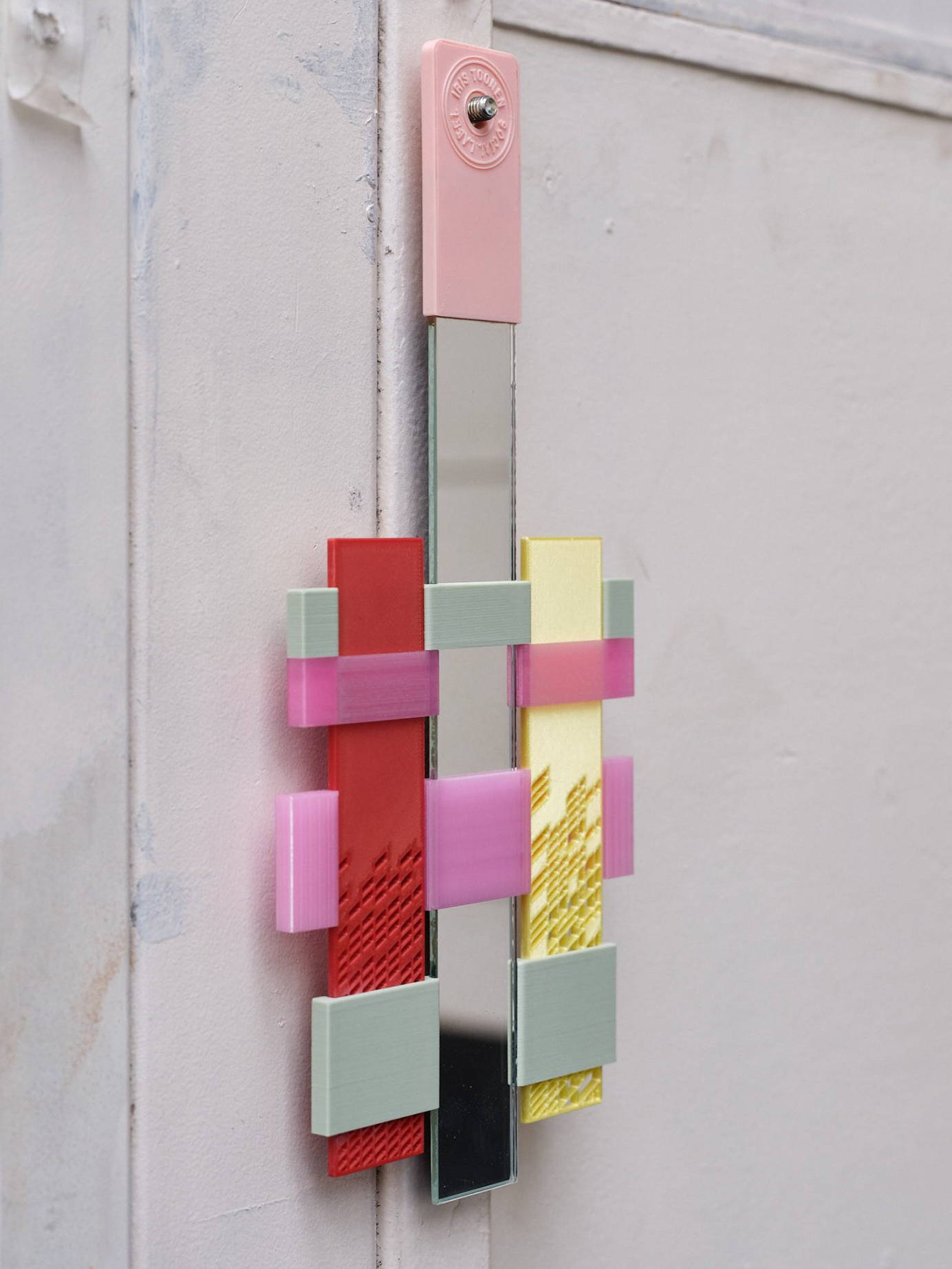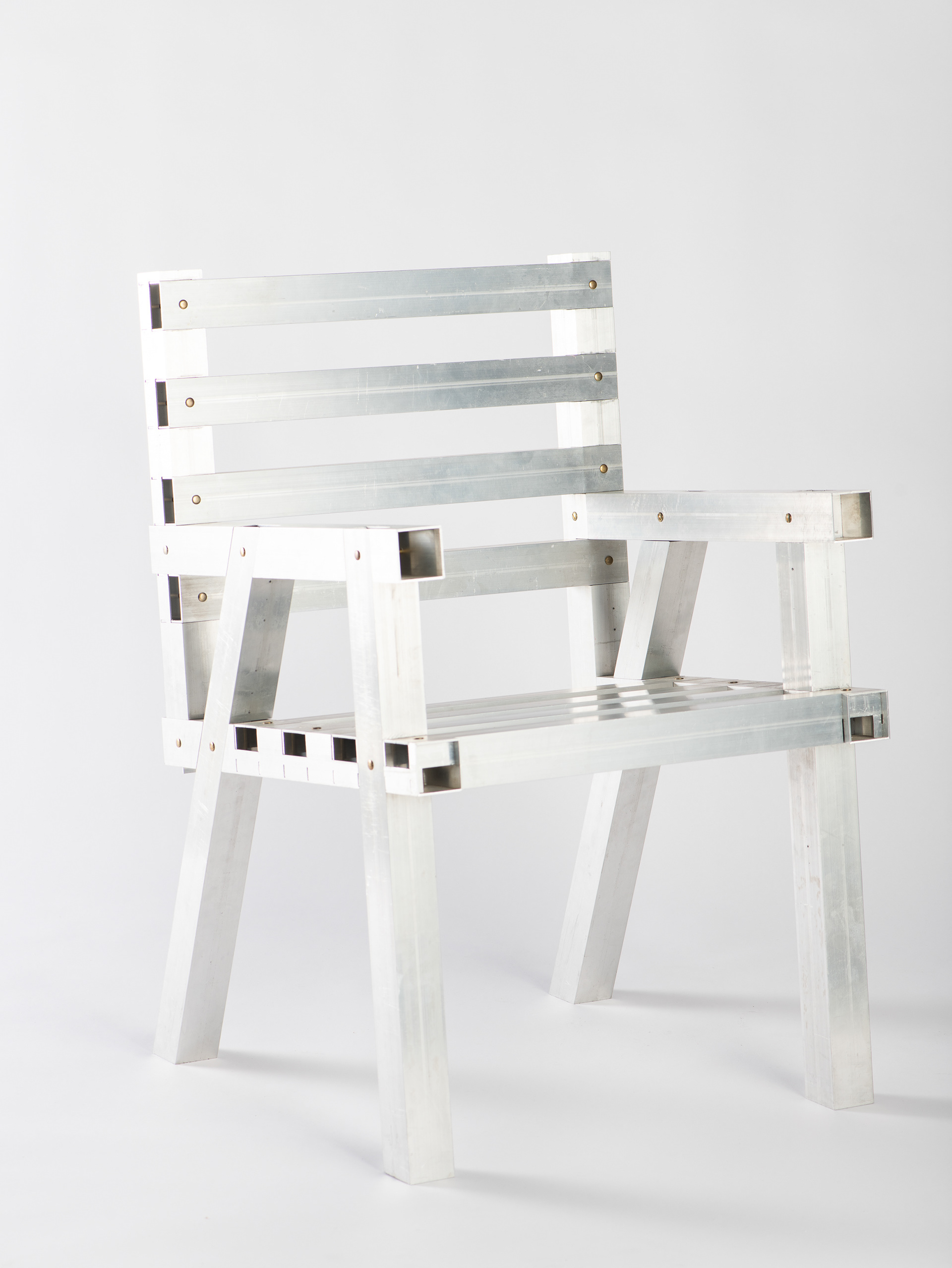The other side of the coin” is an installation that showcases the chemical transformation of nickel Dutch Guilders through the chemical process of electrolysis. The centrepiece is a transparent rectangular machine. The top part contains a bath filled with a green solution, from which corroding Guilders and a mould are suspended, while the bottom section is filled with rocks that mimic nickel ore. The machine transforms nickel Dutch Guilders into a new form of currency which pays tribute to the ongoing forms of resistance to the Indonesian nickel industry. Nickel is a crucial element for electronic vehicle battery production, pivotal in shifting from fossil fuels to renewable energy. The project seeks to make visible how we are interconnected with exploitative mining practices, which are necessary for the ‘green’ transition.




The Sorowako mine, situated in the Sulawesi archipelago of Indonesia, is one of the world's largest nickel mines. Established in the early 20th century, the mine was initially part of the Netherlands' broader colonial plan to convert raw materials and labour from its colonies into profit. This colonial plan also played a significant role in shaping my own family. My grandfather Herman, having lost both parents after WWII, sought a new life for himself. The Dutch company Ruhaak & Co, which imported industrial machines to Indonesia and exported raw materials back to Europe, provided him with this ‘exotic’ life by appointing him as manager for the company in Surabaya, Indonesia. My family history, perhaps like yours, is an alloy of romance, industrialisation, material extraction, colonisation, and revolution, and shows how the geopolitics behind material extraction and ongoing dominant worldviews drill into the most personal moments of life.
Demonstration Sorowako, Image from: ICTA-UAB and Tracy Glynn, “Karonsi’e Dongi people and Vale mine in Sorowako, Sulawesi, Indonesia”: the EJAtlas. Journal of Political Ecology (2019), Accessed through
My grandmother Elly and grandfather Herman on their honeymoon, horseriding with unknown companions (Indonesia, 1953)
The coveted nickel in the mine is stored in the layers of earth just below the surface of Sorowako, above which lie extremely biodiverse forests. To extract the ore, humans and non-humans in the landscape are ruthlessly displaced to make way for strip mining. After this, the nickel refineries dump their toxic cooling water on the land and the air is polluted with dust and soot, while dangerous mudflows are created due to the displacement of earth. Researching the Sorowako mine led me to collaborate with Tracy Glynn, who studied the mine during her PhD research titled: ‘No One Can Say the Karonsi'e Dongi Were Not Here’ 1. Rooted in intersectional theories, Glynn’s research uses the ‘photovoice’ method to ‘unearth intent and consciousness in everyday resistance against resource extraction 2. The photo story research was developed in collaboration with fourteen women from the Karonsi'e Dongi and Sorowako communities to gain visual insights into gendered forms of resistance against resource extraction around the Sorowako mine.
Image from:, Muhammad Fadli ‘Indonesia Nickel Industry for National Geographic’, (2024, 2 June), Accessed through
Image from:, Muhammad Fadli ‘Indonesia Nickel Industry for National Geographic’, (2024, 2 June), Accessed through
Combining Glynn's present-day research on resistance with archival materials and electrolysis, The Other Side of the Coin transforms Dutch Guilders made from nickel into a new form of currency. By corroding the modernistic imagery of monarchy and capitalism on the Guilders and using Glynn’s images and texts, the work reveals the impacts faced by the Karonsi'e Dongi and Sorowako communities due to nickel mining. It challenges the invisibility of unjust relations in material extraction and exposes the often-overlooked influence of colonial structures on global supply chains.
[1] Tracy Glynn, ‘“No one can say the Karonsi’e Dongi were not here:” A photovoice study of gendered resistance to mining in Indonesia’ (PhD Diss., University of New Brunswick, 2020).
[2] Glynn, “No one can say the Karonsi'e Dongi were not here,” accessed through:https://unbscholar.lib.unb.ca/items/ba9b6beb-6b51-432c-a7c9-740445246d07.
[2] Glynn, “No one can say the Karonsi'e Dongi were not here,” accessed through:https://unbscholar.lib.unb.ca/items/ba9b6beb-6b51-432c-a7c9-740445246d07.
This project was made possible with the support of the Pop-up Fund: Stimuleren Makersklimaat of the municipality of 's-Hertogenbosch
